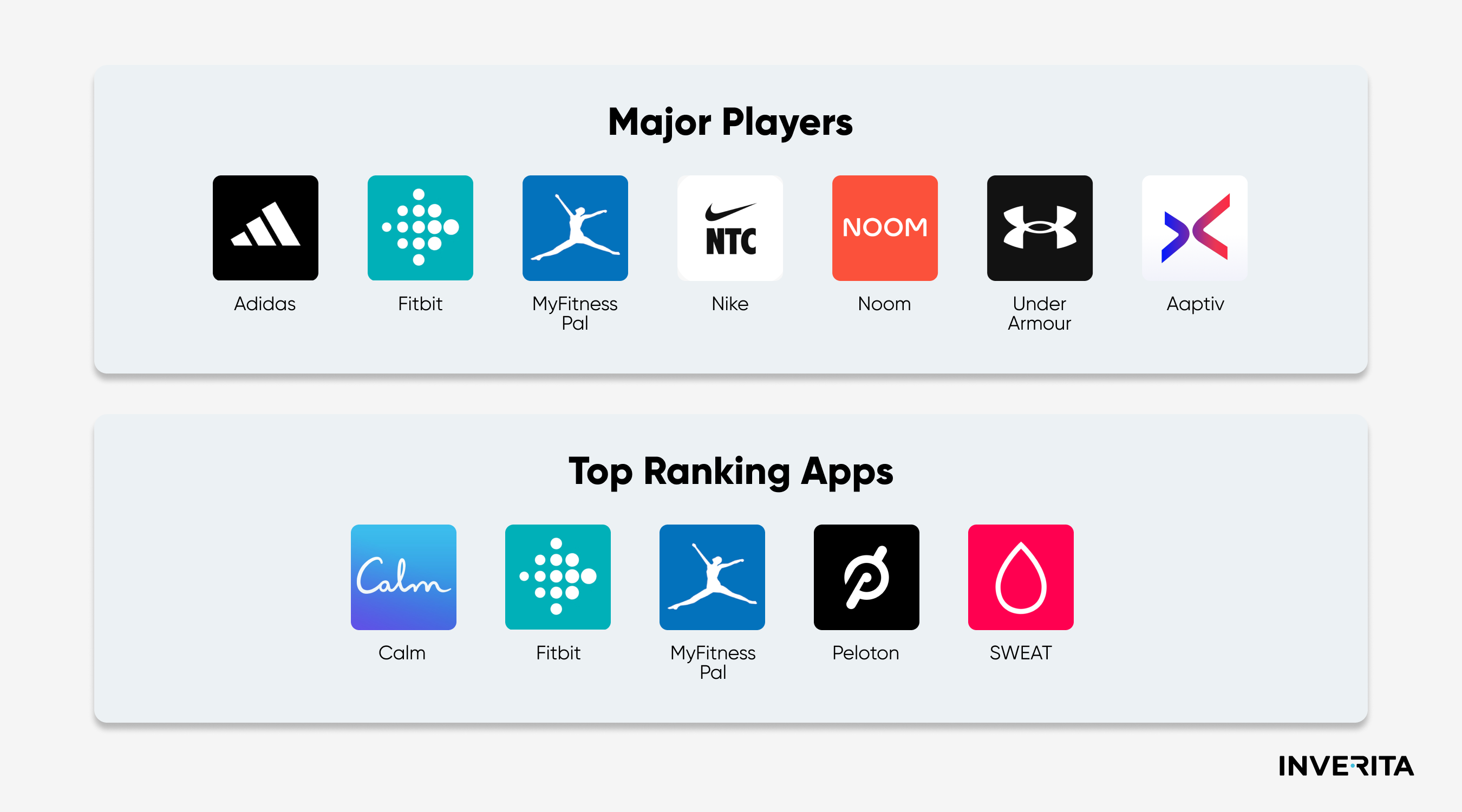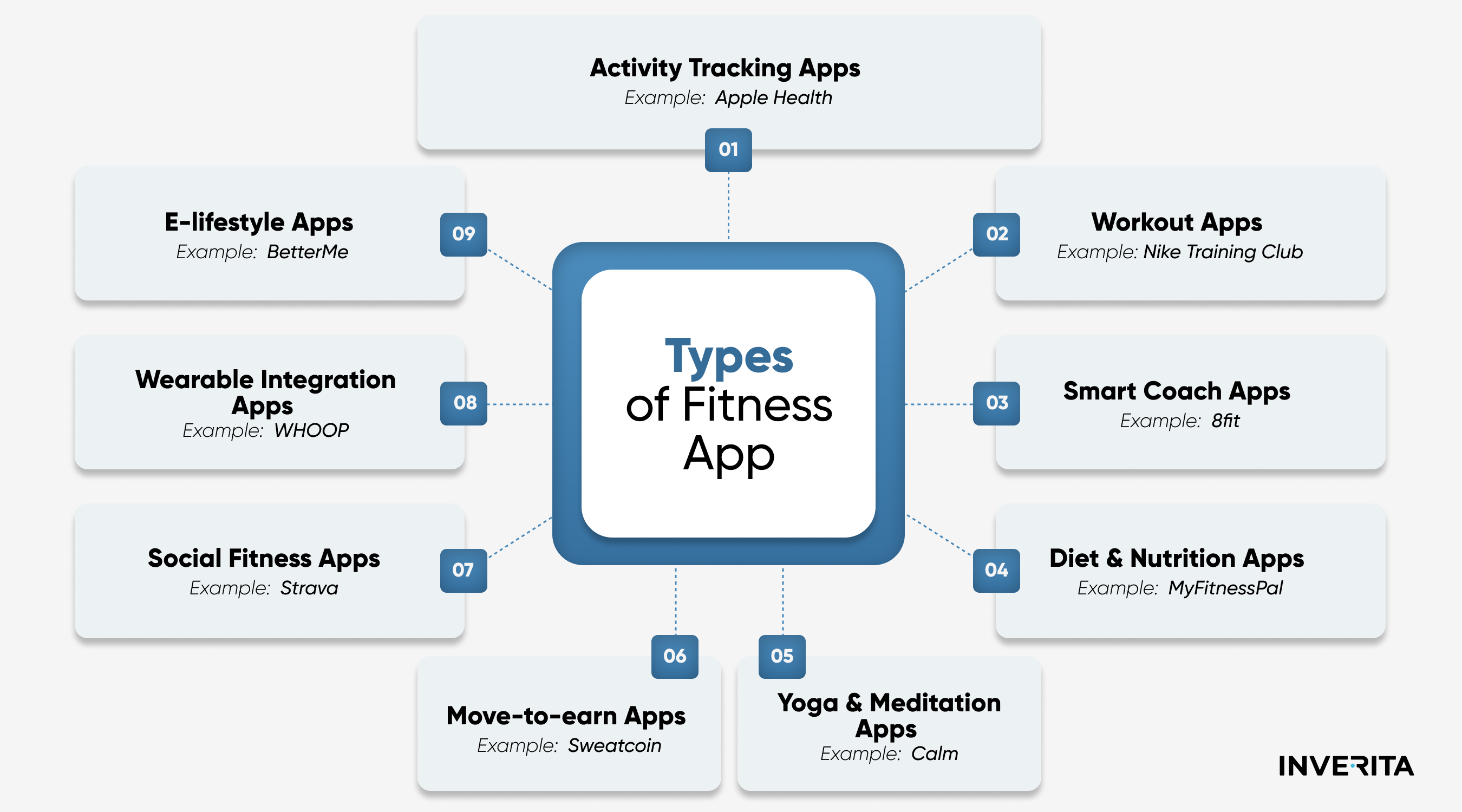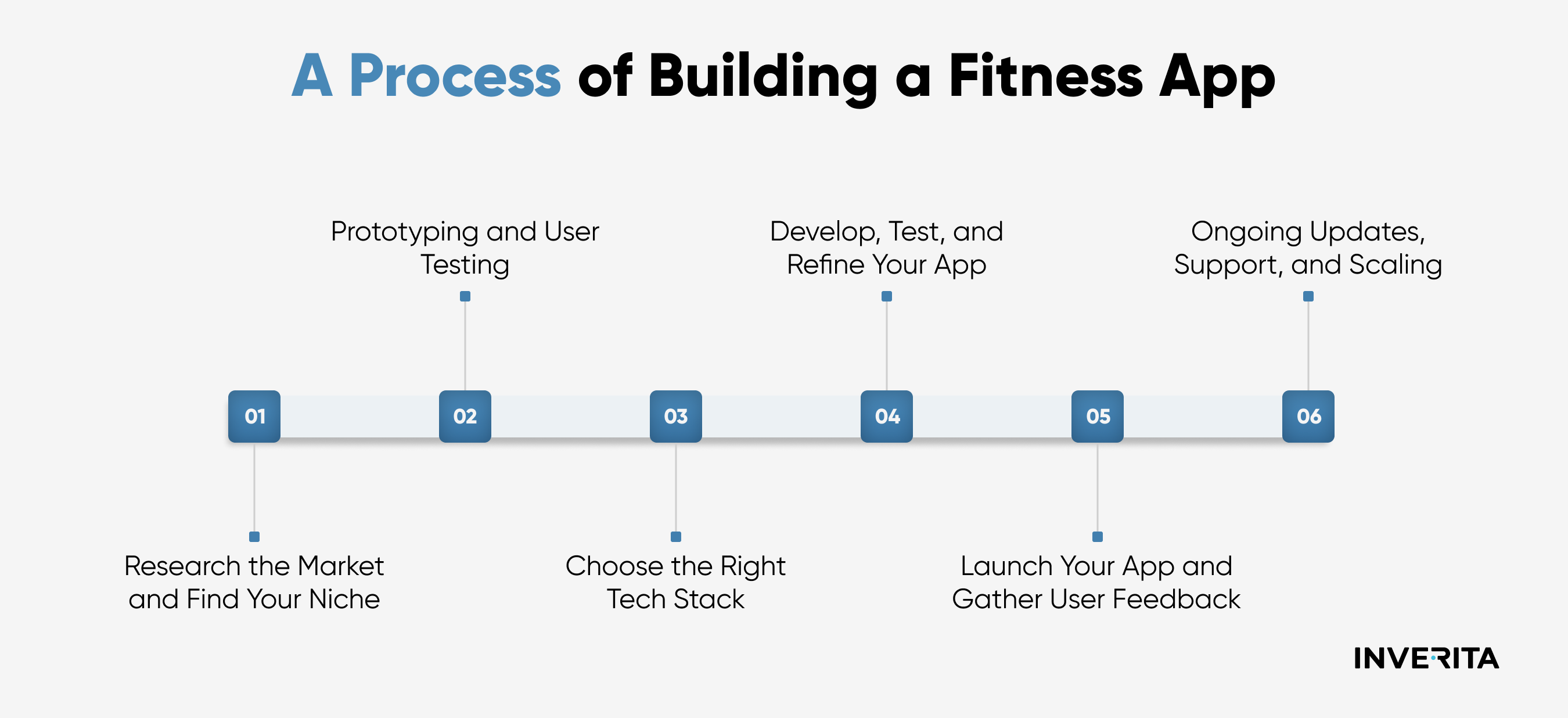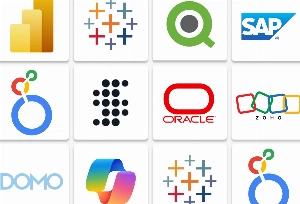Over recent years, a healthy and active lifestyle has become a new trend across the globe. Elder and younger generations, men and women – everyone has started to pay more attention to their health, physical and mental well-being, eating habits, and more. The era of office workers, desk jobs, and inactive lifestyles has made people think about potential problems and look for solutions that fit into their busy schedules. This increased the demand for more convenient, flexible, always-in-hand workout options. This said, now is just the perfect time for developing a fitness app – a solution that people do need. However, to stand out in this saturated app market with dozens of competitors launching sports apps and fighting for users’ attention and appreciation, having a smart and unique fitness app idea is not enough.
In this article, we walk you through the process of creating a fitness app along with all the important details – must-have and advanced features, monetization strategies, development costs, and best practices. Learn how to make a truly distinctive fitness app that will keep users engaged and motivated.
Fitness App Market - Size and Growth Potential
Mobile fitness application development has been witnessing considerable growth due to the active adoption of smartphones, wearable technology, and the growing focus on health and well-being. With digital fitness solutions becoming an integral part of modern lifestyles, the market is expected to grow even faster in the coming years.
According to the Research and Markets report, the global fitness app market is expected to reach $4.8 billion by 2030, growing at a CAGR of 17.7% from 2024 to 2030. Other projections are even more optimistic – SkyQuest reports that the market could expand from $2.49 billion in 2024 to $9.6 billion by 2032.
Since the COVID-19 pandemic has caused a massive surge in mobile fitness app usage, digital workout plan apps have been attracting more and more users, offering social elements along with training plans.
Some key industry insights also indicate an increasing integration of fitness apps into users’ daily routines:
- User penetration is projected to increase from 11.63% in 2024 to 13.1% by 2028.
- 44% of regular exercisers use paid fitness apps as a complement to their gym workouts.
- Over 50% of U.S. consumers have already adopted a hybrid fitness approach, where they combine virtual classes and in-person training.
The biggest trends driving the fitness app development in 2026:
- AI-powered personalization – AI and ML enable customized workout and nutrition plans along with recommendations tailored based on user behavior, particular fitness goals, and even real-time data from wearables.
- Wearable tech & smart devices – the growing popularity of smartwatches, fitness trackers, and advanced sensors fuels the demand for fitness apps that can work in sync. The real-time data on heart rate, activity levels, and even hydration is further integrated into apps that provide users with recommendations and insights.
- AI-driven virtual trainers – virtual fitness trainers make home workouts even more effective by providing real-time feedback and personalized guidance. Unlike pre-recorded workouts, these trainers monitor user performance, engage with them, and give advice, making training more personalized and interactive.
- Social & community engagement – successful fitness apps now focus on engaging and fun experiences with social features like group challenges, leaderboards, and workout-sharing options. Such gamification elements boost motivation and retention, at the same time fostering a sense of community among an app’s users.
- Mindfulness & mental health integration – with the expanding recognition of the mind-body connection, fitness apps are incorporating meditation, breathing exercises, and stress management features, making a holistic health solution that stands out and caters to a wider audience.
- Flexible subscription & on-demand content – users with tight schedules appreciate flexible subscription models and on-demand or pay-as-you-go options allowing them to work out whenever and wherever they can without any long-term subscription commitment.
- Immersive AR/VR fitness – augmented and virtual reality add a new dimension to digital fitness by creating immersive workout environments that make online sport more enjoyable and engaging, driving user retention.









_1758804763-small.webp)